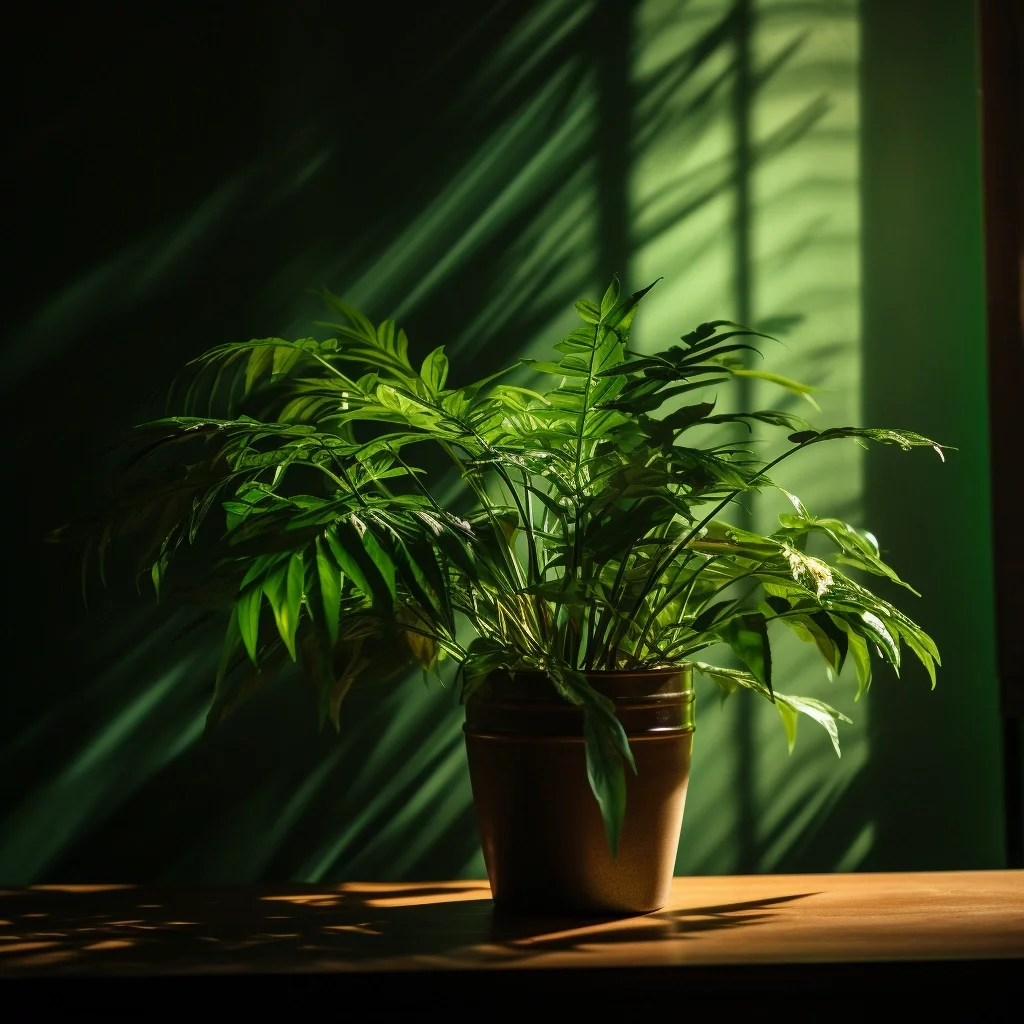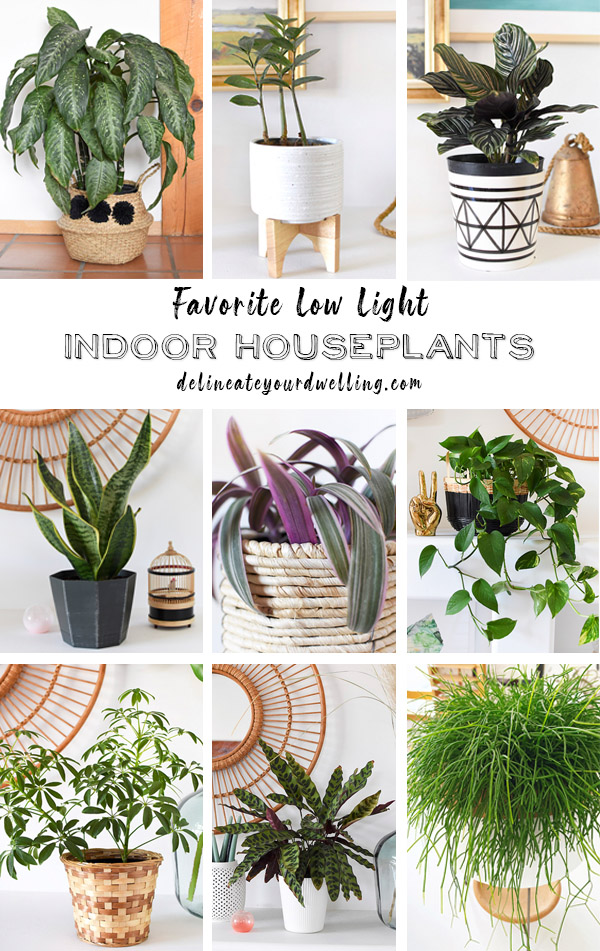Create a Lush Indoor Oasis with the Best Low-Light Indoor Plants
Create a Lush Indoor Oasis with the Best Low-Light Indoor Plants
Blog Article
Reveal the Keys of Low-Light Indoor Plants and How They Boost Your Setting
Low-light interior plants have actually amassed raising interest for their unique ability to boost both aesthetic allure and environmental quality within homes and offices. These durable species, consisting of the Snake Plant and Tranquility Lily, not only flourish in tough lighting problems however likewise play a pivotal function in air filtration and emotional well-being.
Benefits of Low-Light Indoor Plants
Although numerous individuals presume that interior plants call for plentiful sunshine to prosper, low-light indoor plants use a multitude of benefits that make them perfect for various atmospheres. Among the key benefits is their versatility; they can prosper in spaces with restricted natural light, such as workplaces, cellars, or rooms with small home windows. This attribute allows individuals to boost their surroundings with plant, adding to boosted looks without the requirement for substantial lights modifications.
In addition, low-light indoor plants can dramatically boost indoor air top quality by filtering damaging contaminants and releasing oxygen, making living areas healthier. The existence of plants has been connected to higher feelings of tranquility and emphasis.
Additionally, low-light plants frequently require much less upkeep than their sun-loving counterparts, making them optimal for busy people or those brand-new to gardening. Their resilience permits them to love very little treatment, thus offering a gratifying experience for plant fanatics and beginners alike. In recap, low-light indoor plants offer both visual and functional objectives, making them important enhancements to any area.
Top Low-Light Plant Ranges
Low-light interior plants been available in a selection of varieties, each offering distinct qualities and advantages matched for dim environments. Among one of the most popular varieties is the Serpent Plant (Sansevieria), known for its building leaves and air-purifying abilities. This resistant plant flourishes on disregard and can endure a wide variety of light conditions.
An additional excellent selection is the ZZ Plant (Zamioculcas zamiifolia), which features glossy, dark eco-friendly fallen leaves and is extremely drought-tolerant. Its adaptability makes it a favorite for offices and homes with restricted sunlight.
The Pothos (Epipremnum aureum) is additionally a leading competitor, with its tracking vines and heart-shaped fallen leaves - Best low-light indoor plants. This functional plant can be trained to climb or waterfall, adding visual interest to any space

Treatment Tips for Low-Light Plants
Looking after low-light interior plants requires a nuanced understanding of their particular requirements to ensure optimal growth and vigor. First, it is important to select the ideal potting mix, as a well-draining soil is critical to stop root rot. A blend made for houseplants, typically containing peat moss and perlite, functions well for many low-light varieties.
Watering is an additional vital element of care. Low-light plants typically call for less regular watering contrasted to their sun-loving equivalents. It is suggested to check the leading inch of dirt; if it really feels dry, it's time to water. Overwatering can lead to difficulties such as mold and root decay.
Fertilization should be come close to with care. Throughout the expanding season, a diluted liquid fertilizer can be applied monthly, however in cold weather, lots of low-light plants get in inactivity and require little to no fertilization.
Last but not least, it is very important to occasionally cleanse the leaves to get rid of dust, enabling much better light absorption. By sticking to these care ideas, you can grow a thriving environment for your low-light interior plants, enhancing both their appearance and durability.
Enhancing Air Quality With Plants
Interior plants play a considerable function in improving air high quality within homes and office. Via the procedure of photosynthesis, these plants soak up carbon dioxide and release oxygen, adding to a healthier atmosphere. In addition, certain low-light indoor plants have the capacity to filter hazardous contaminants, such as formaldehyde, trichloroethylene, and benzene, which are commonly located in interior settings.

Furthermore, the visibility of indoor plants can boost moisture degrees, which aids minimize completely dry skin and breathing concerns, further enhancing total health. This ability to enhance air high quality not just promotes physical health and wellness but likewise supports mental health.
Incorporating low-light indoor plants right into your living and working spaces can cause an extra vivid and stimulating setting (Best low-light indoor plants). Investing in these all-natural air purifiers is a basic yet reliable strategy for enhancing interior air top quality and cultivating a healthier way of life
Producing a Serene Indoor Space
The combination of plants into living spaces not just boosts air top quality but also adds to a tranquil environment. Low-light interior plants, such as serpent plants and pothos, are especially efficient in developing a tranquil setting, as they prosper in problems that might otherwise be inhospitable for various other plant. Their lavish vegetation provides a calming aesthetic, decreasing stress and anxiety and advertising leisure.
Including these plants into your office or home can evoke a feeling of tranquility and health. Strategically placing them in areas where you invest substantial time, such as living workspaces or areas, enables an immersive experience with nature, which has actually been shown to improve mood and cognitive feature.
Moreover, the mild have a peek at this website movement of leaves in feedback to air flow can create a vibrant aesthetic aspect that boosts the total setting. Think about utilizing a range of plant heights and structures to include depth and interest to your space. With thoughtful positioning and treatment, low-light interior plants can change any kind of location into a calm haven, promoting not only visual complete satisfaction but also emotional and mental wellness.

Verdict
Integrating low-light interior plants into different atmospheres yields considerable advantages, including enhanced air high quality and improved visual charm. The transformative power of low-light plants highlights their worth in boosting both work and domestic settings.
Although many people think that indoor plants call for plentiful sunlight to prosper, low-light interior plants supply a plethora of benefits that make them perfect for various atmospheres.Furthermore, low-light interior plants can considerably improve interior air quality by launching and filtering unsafe toxic substances oxygen, making living rooms healthier. In addition, particular low-light indoor plants possess the capability to filter harmful pollutants, such as formaldehyde, trichloroethylene, and benzene, which are typically found in indoor atmospheres.
Low-light interior plants, such as serpent plants and pothos, are specifically reliable in developing a serene setting, as they prosper in problems that might or else be inhospitable for other plant.Incorporating low-light indoor plants a fantastic read into different settings yields substantial advantages, consisting of boosted air top quality and enhanced visual allure.
Report this page